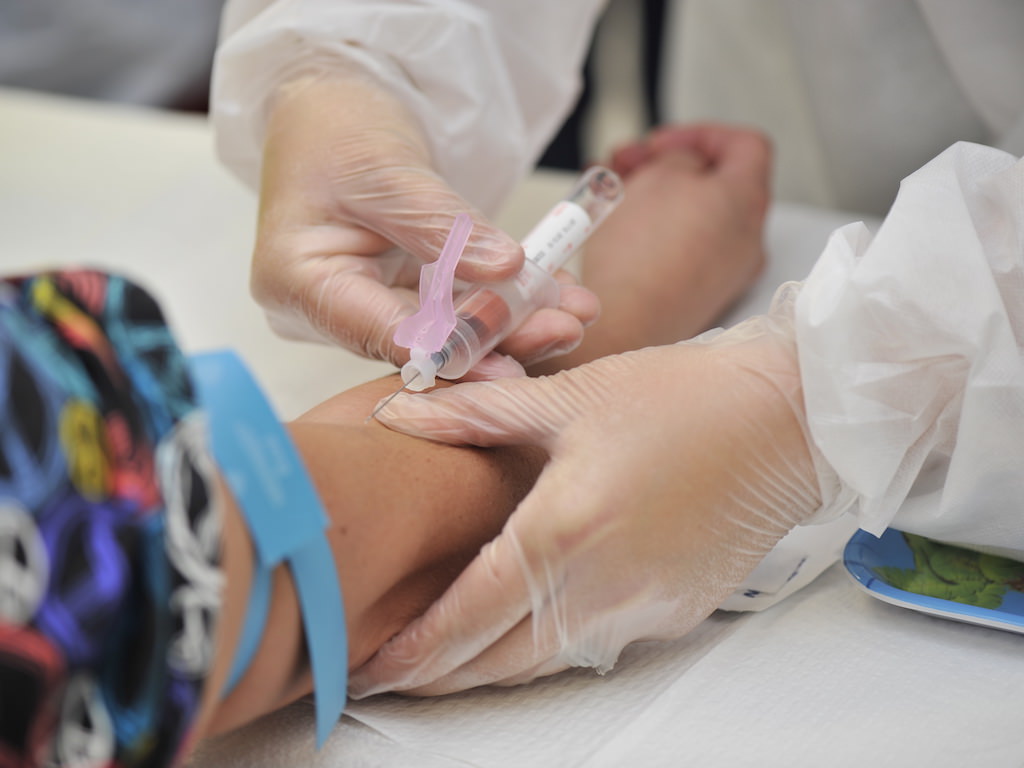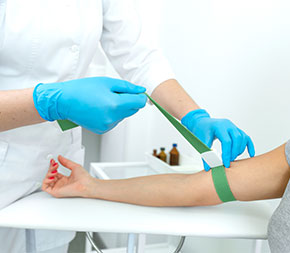The Greatest Guide To Northeast Medical Institute - New Haven Campus Phlebotomy Course & Cna Class
Wiki Article
The Greatest Guide To Northeast Medical Institute - New Haven Campus Phlebotomy Course & Cna Class
Table of ContentsThe Definitive Guide for Northeast Medical Institute - New Haven Campus Phlebotomy Course & Cna ClassNortheast Medical Institute - New Haven Campus Phlebotomy Course & Cna Class - QuestionsSome Known Factual Statements About Northeast Medical Institute - New Haven Campus Phlebotomy Course & Cna Class The Ultimate Guide To Northeast Medical Institute - New Haven Campus Phlebotomy Course & Cna ClassNot known Incorrect Statements About Northeast Medical Institute - New Haven Campus Phlebotomy Course & Cna Class Some Known Facts About Northeast Medical Institute - New Haven Campus Phlebotomy Course & Cna Class.
The use of such tools should be come with by various other infection prevention and control methods, and training in their usage.For setups with reduced resources, expense is a driving element in purchase of safety-engineered devices - PCT Courses. Where safety-engineered gadgets are not readily available, skilled use of a needle and syringe serves. Accidental exposure and certain information concerning an occurrence must be recorded in a register. Assistance solutions ought to be advertised for those that go through unexpected direct exposure.
In the blood-sampling area for an outpatient department or facility, give a comfy reclining couch with an arm remainder.
The 9-Minute Rule for Northeast Medical Institute - New Haven Campus Phlebotomy Course & Cna Class
Ensure that the indicators for blood tasting are plainly specified, either in a composed protocol or in recorded directions (e.g. in a research laboratory type). At all times, comply with the strategies for infection avoidance and control noted in Table 2.2. Infection prevention and control practices. Collect all the tools needed for the treatment and place it within secure and simple reach on a tray or trolley, making sure that all the things are plainly noticeable.Introduce yourself to the patient, and ask the person to specify their full name. Examine that the research laboratory type matches the individual's identification (i.e. match the person's details with the lab type, to make certain precise recognition).
Make the person comfortable in a supine setting (if possible). Location a clean paper or towel under the client's arm. Talk about the test to be executed (see Annex F) and get spoken permission. The client has a right to refuse a test at any moment prior to the blood sampling, so it is essential to ensure that the person has actually understood the treatment.
What Does Northeast Medical Institute - New Haven Campus Phlebotomy Course & Cna Class Do?
Extend the patient's arm and inspect the antecubital fossa or forearm. Locate a vein of a good dimension that is noticeable, straight and clear. The layout in Area 2.3, shows typical positions of the vessels, yet lots of variations are feasible. The typical cubital capillary lies in between muscular tissues and is typically the most simple to pierce.DO NOT place the needle where veins are diverting, due to the fact that this enhances the opportunity of a haematoma. Situating the vein will certainly help in figuring out the appropriate dimension of needle.
Haemolysis, contamination and existence of intravenous fluid and medication can all modify the results (39. Nursing team and physicians might access central venous lines for samplings complying with methods. Nevertheless, specimens from central lines bring a threat of contamination or incorrect research laboratory test outcomes (https://www.domestika.org/en/gordonmarvin28). It is acceptable, but not optimal, to attract blood specimens when initial introducing an in-dwelling venous device, prior to linking the cannula to the intravenous fluids.
The Greatest Guide To Northeast Medical Institute - New Haven Campus Phlebotomy Course & Cna Class
Enable the location to completely dry. Failure to enable adequate contact time boosts the threat of contamination. DO NOT touch the cleansed website; particularly, DO NOT position a finger over the blood vessel to guide the shaft of the subjected needle. It the website is touched, repeat the disinfection. Carry out venepuncture as complies with.Ask the individual to create a hand so the veins are much more popular. Enter the capillary swiftly at a 30 level angle or much less, and continue to introduce the needle along the vein at the easiest angle of entry - Phlebotomy Training. As soon as enough blood has actually been gathered, release the tourniquet prior to taking out the needle
An Unbiased View of Northeast Medical Institute - New Haven Campus Phlebotomy Course & Cna Class
Withdraw the needle carefully and use mild stress to the website with a clean gauze or completely dry cotton-wool ball. Ask the person to hold the gauze or cotton woollen in location, with the arm extended and elevated. Ask the client NOT to flex the arm, because doing so creates a haematoma.
Some Ideas on Northeast Medical Institute - New Haven Campus Phlebotomy Course & Cna Class You Should Know
Do not push the syringe plunger since extra stress enhances the risk of haemolysis. Where feasible, maintain televisions in a shelf and relocate the shelf in the direction of you. Infuse downwards right into the appropriate coloured stopper. DO NOT eliminate the stopper due to the fact that it will certainly launch the vacuum. If the sample tube does not have a rubber stopper, inject extremely slowly right into television as reducing the pressure and rate utilized to move the sampling decreases the danger of haemolysis.
Report this wiki page